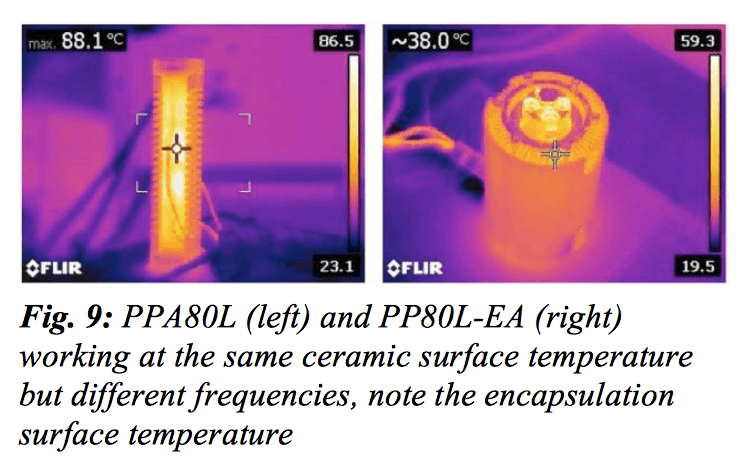
Traditionally piezo ceramic actuators have not been able to operate within harsh/humid environments. Furthermore, two temperature-related problems have limited the number of applications for piezo actuators. Firstly, internal heating of the ceramic from use at high frequency, for extended periods. Secondly, external environmental conditions. Encapsulation of the actuator offers an opportunity to overcome all of these problems by allowing the environment directly in contact with the ceramic to be controlled. This paper presents R&D work done on encapsulated actuators, design work, and thermal simulation calculations with an emphasis on experimental results.










Water Sector Talent Exodus Could Cripple The Sector
Maybe if things are essential for the running of a country and we want to pay a fair price we should be running these utilities on a not for profit...